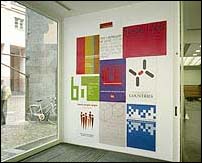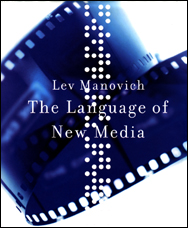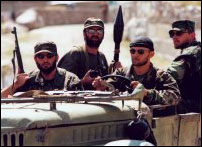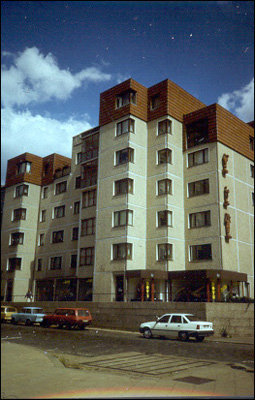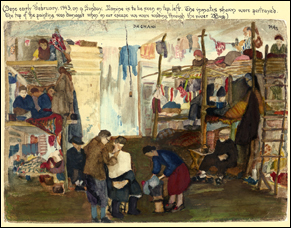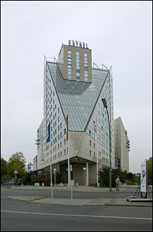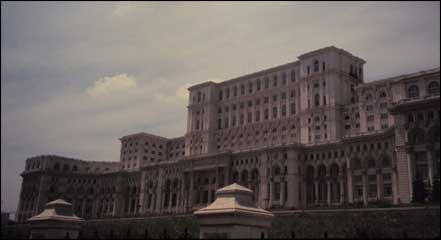Manifesta 4
Frankensteiner Hof, Frankfurter Kunstverein, Portikus, Städelsches Kulturinstitut Frankfurt – May 25 until August 25, 2002
Expectations for this year’s ‘Manifesta 4’ in Frankfurt were high. The previous instalments of this nomadic ‘European Biennial of Contemporary Art’ outside the traditional European art centres, in Rotterdam, Luxembourg and Ljubliana had raised the stakes. Manifesta had become a brand that presented daring and exciting new work by young artists from all over Europe, without dependency and subordination to the art markets – close to contemporary theoretical discourse and on the pulse of the time.
The three curators, Iara Boubnova (Sofia), Nuria Enguita Mayo … Read more

